Tool Tips: How to Use Jigsaw Power Tool
This post includes affiliate links. If you decide to make a purchase through my link, I might get a small commission for it at no additional cost to you. Thank you for supporting Upcycle This DIY That!
Today, fellow DIY enthusiasts, we’re diving into the wonderful world of the jigsaw power tool and learning how to use it like a pro! Trust me when I say this versatile gadget is a game-changer for your woodworking adventures.
With its ability to make a mixture of straight and curved cuts through various materials, the jigsaw is like the workshop’s very own superhero. In this post, I’ll be sharing some valuable tips and tricks I’ve learned over my years of crafting. Once you learn how to use jigsaw power tool, it’s going to be one of the most used tools in your workshop.
So, grab your cup of joe, and let’s embark on a journey to master the art of using the jigsaw power tool! Let’s do this!
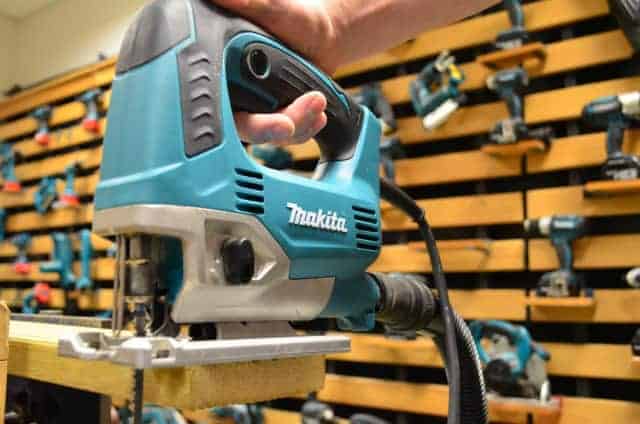
“Makita JV0600 jigsaw ” by Mark Hunter, used under CC BY 2.0
In this blog post, we’ll explore the wonderful world of the jigsaw power tool. We’ll cover the basics of using it for woodworking tasks, selecting the right blades, and prioritizing safety precautions. Because, let’s face it, even with the best jigsaw, improper usage can lead to less-than-ideal results. But fear not! I’ll be your friendly guide, ready to help you make sawdust fly with confidence.
Blades
The efficiency of a jigsaw widely depends upon the type of blade you use. Just like your kitchen knife, the sharper the edges, the better you cut. But, in a jigsaw, the blade selection depends on the project itself.
The material you’re cutting and its thickness, as well as the type of cut you want to make, will determine what blade you should go for. With the right blade in hand, you can cut a variety of materials with precision.
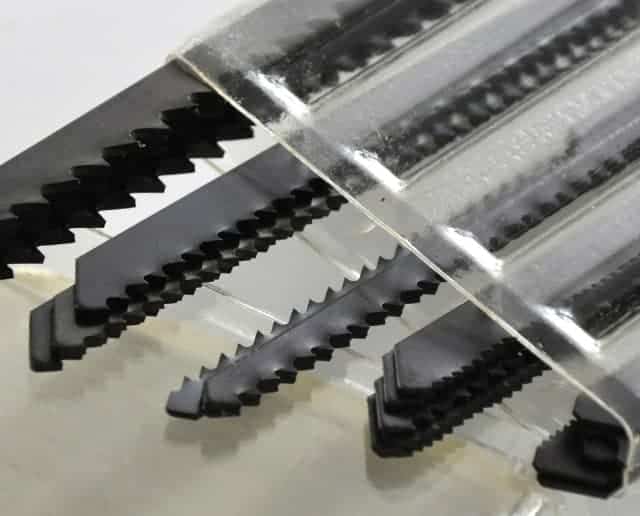
“Jigsaw Blades ” by Sandy Poore, used under CC BY 2.0
Now let’s get into some technicalities of the jigsaw blades. Jigsaw blades are categorized based on the type of shank, the number of teeth(TPI), and the material they’re made out of.
The way the blade is mounted in the tool will depend on its type of shank, T-Shank, or U-shank. A shank is a part of the blade that is locked in a blade clamp. The t-shank allows keyless blade clamping, and for locking the U-shank type blade, you need an Allen key to do it.
TPI is measured in teeth per square inch on a blade. It would be best to use a blade with a higher TPI for harder materials and a lower TPI for softer ones.
The number of teeth also affects the cutting speed and cut finish(rougher or smoother). More teeth usually mean smoother cuts, but with wood, it’s not really significant, as the final result can be smoothed out by sanding.
Standard blade materials include High Carbon Steel, High-Speed Steel, Bi-metal, and Tungsten Carbide. The type of material used will depend on the task you want to perform.
| Material | Blade Material(s) |
Teeth Type |
| Softwood | High carbon steel Bi-metal | Side Taper Reverse |
| Hardwood | High-Speed Steel Bi-metal | Side Taper Reverse |
| Plastic | All materials vary according to composition | All types vary according to the composition |
| Aluminum | High-Speed Steel Bi-metal | Wavy Side Taper |
| Steel | High-Speed Steel Bi-metal | Wavy Taper |
| Ceramic, stone, and other masonry materials | Tungsten Carbide | Grit, no teeth |
Now that you have more understanding of jigsaw blades, we’ll move to the techniques used to cut a variety of materials.
Cutting Wood
For cutting wood, you must choose the right set of jigsaw blades to cut softwood or hardwood. Mark the pattern you wish to cut, and let the action begin.
You should start by placing the saw shoe on the workpiece so that the blade is away from the edge. Now, pressing the machine gently moves along the cutting line.
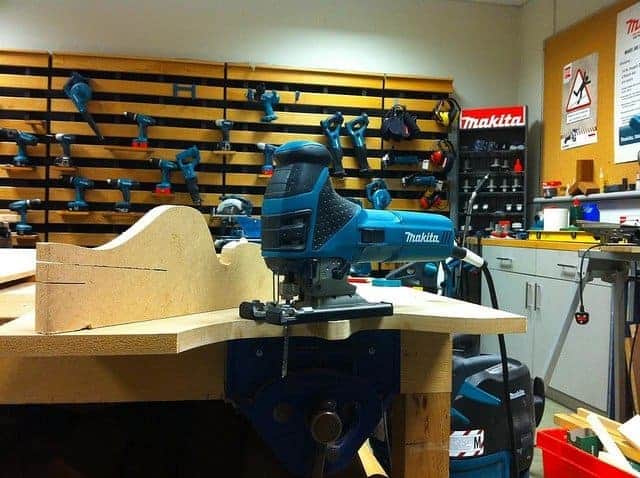
“Makita 4351FCT Jigsaw ” by Mark Hunter, used under CC BY 2.0
You must maintain a steady pace to let the saw cut without deflection. An ideal combination of cutting blades and relief cuts will help you cut without binding the blades. You can make straight, curved, or many more or less complicated patterns with this type of saw.
Things to remember:
- You can use a jigsaw tool to cut softwood that’s no more than 1-1/2 inches thick and hardwood up to 3/4 inches thick. You can cut thicker wood but make sure your jigsaw can handle it and buy the appropriate blades.
- For a quick cutting session, use a coarser blade. However, you will need to do a lot of sanding later, depending on the blade’s coarseness.
- You can use a jigsaw to plunge cut; all you need to do is put the saw shoe in the middle and put weight on the front lip.
You can choose between the upstroke and downstroke cutting blades. While upstroke blades are quick, downstroke blades produce finer results.
YOU MAY ALSO BE INTERESTED IN:
How To Use A Jigsaw To Cut A Straight Line
How To Cut Curves Using A Jigsaw
Do I Cut Thick Wood With A Jigsaw?
Cutting Ceramic Tiles
You can easily cut ceramic tiles with a jigsaw blade that is 1/4 inch thick. While cutting tiles, you must take care of lubrication and use water to mist the tiles to make them easier to cut.
Cutting tiles with a jigsaw, unlike cutting wood, demands more patience, concentration, and, I’d say, experience as well. This is, again, a way to limit the tile breakage.
Things to remember:
- Carbide-grit, toothless tiles are the best for cutting tiles.
- Applying water for lubrication helps you cut precisely and minimize wastage.
- You may also put duct tape on the saw shoe to avoid scratching or marring the tiles.
Cutting Metals
A jigsaw is perfect for cutting a variety of metal objects, including steel, no-iron pipe, wood with embedded nails, hinges, bolts, galvanized & copper pipes, and metal sheets up to 10 gauge thick. But To achieve good results, you have to choose the right blade.
With firm pressure and appropriate blades, you can easily cut patterns out of metal sheets. The metal cutting blades have tiny teeth that are sharp and hard.
Things to Remember:
- A tight grip ensures smooth and precise cutting.
- You must hold the saw in a way that at least three teeth contact the edge of the material.
- Typical metal cutting jigsaw blades have 20-24 teeth per inch (TPI).
Common Features of a Jigsaw Power Tool
Though different jigsaw comes with various features, some of them are widely common across all manufacturers. They are:
- Speed Control
Almost every jigsaw comes with a speed controller button. Usually, it is located on the top of the machine or incorporated into a trigger. It controls the speed of the blade.
- Blade clamp
A blade clamp holds the blade in place. - Shoe
A saw shoe is a surface that directly comes in contact with the material and helps you hold the tool flat and square against it. It also guides the blade to move on the surface.
This versatile tool is one of the best saws for cutting shapes out of wood. And now that you know how to use a jigsaw tool, you can start to make all these funky projects you have planned.
If you’re interested in buying a new jigsaw for your shop, I recommend my guide on the best jigsaws, which includes detailed reviews of different makes and models and some info on what to look for in a jigsaw.
If you have any questions, let me know in the box below 🙂 And don’t forget to pin it for later to your woodworking power tools board 🙂
Subscribe To My FREE DIY Newsletter!
Stay in touch and receive things like updates, special offers, new projects, tips, gear reviews, and more. No spam, promise!
By entering your email address, you agree to get an email newsletter from UpcycleThisDIYThat. I’ll respect your privacy, and you can unsubscribe at any time. For more details, review our Privacy Policy.
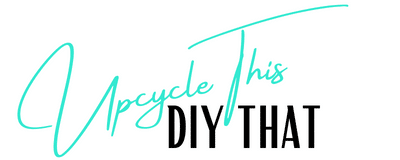
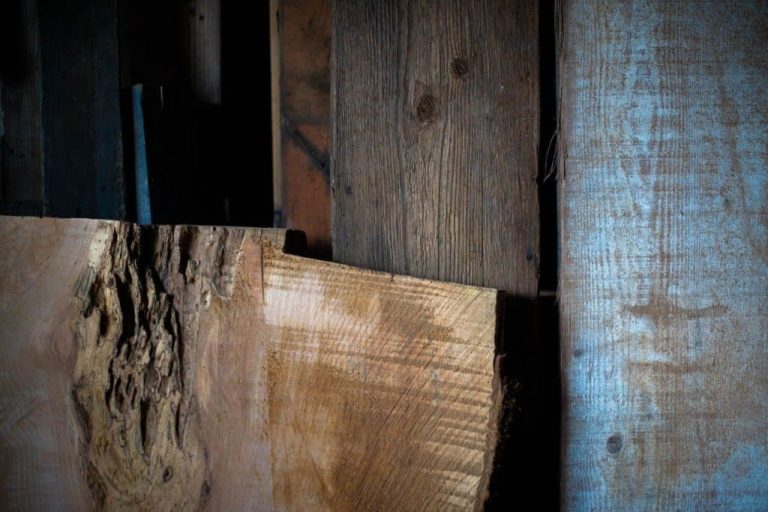


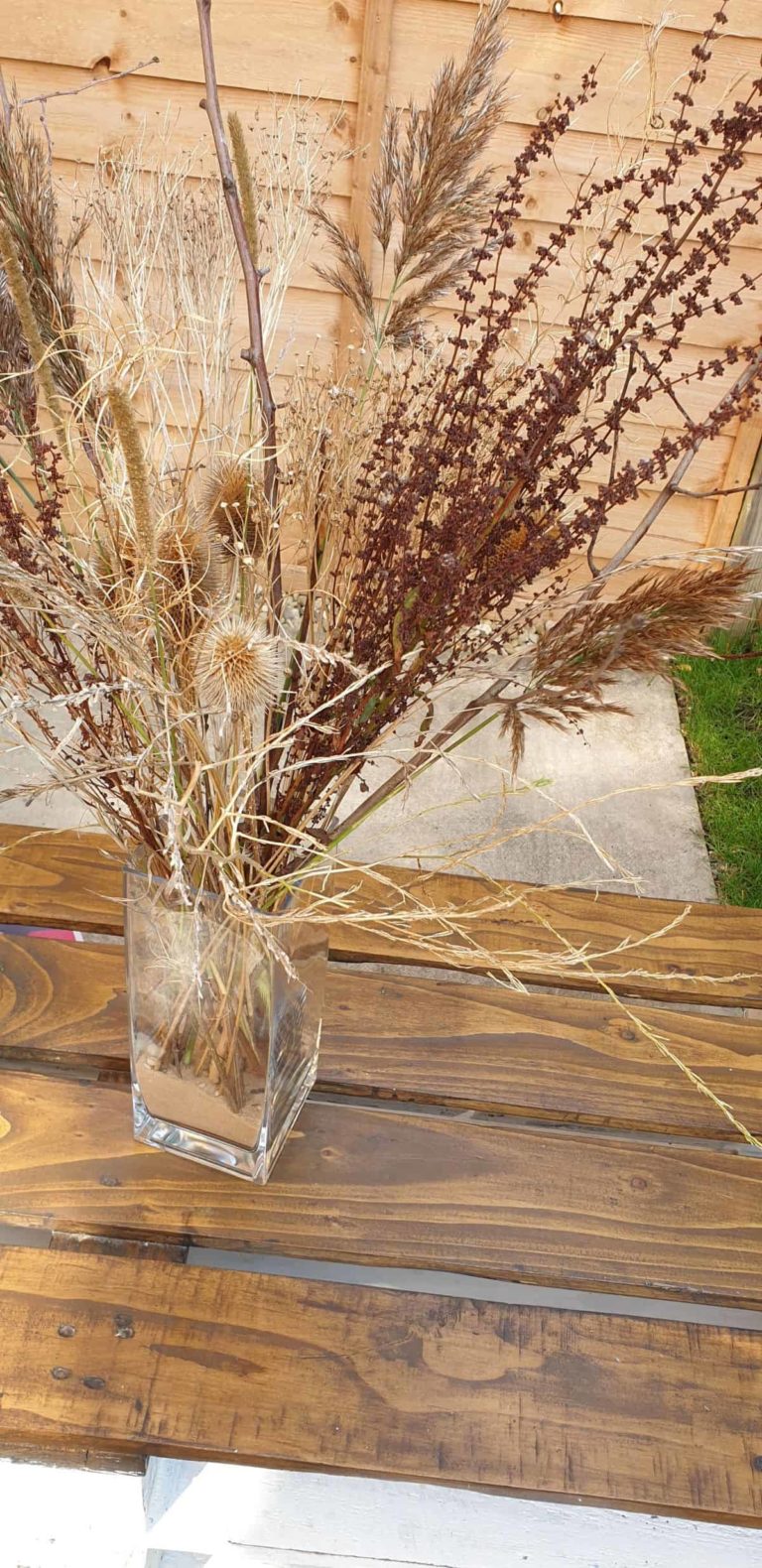
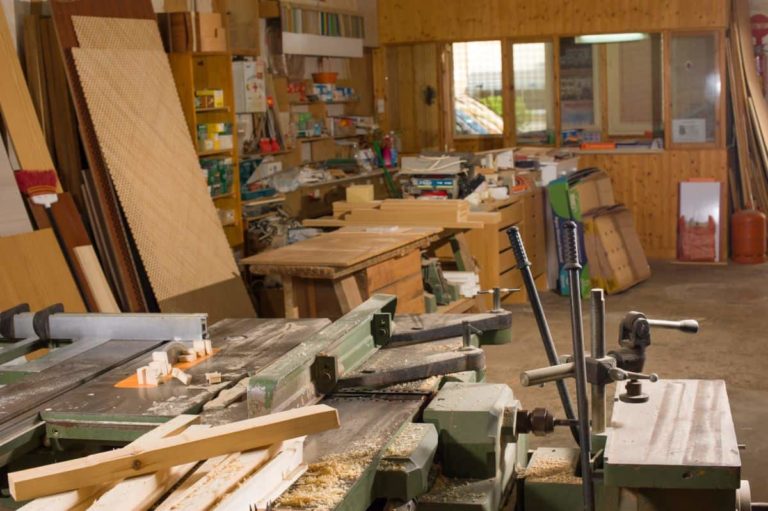


Thank you for explaining that there are many jigsaw blades that have different applications. My sister wants to rent out a jigsaw for a youth group activity that requires building. I will be sure to forward this article to her so that she can have a better idea about how to use it.
I’m glad I could help Ilario 🙂